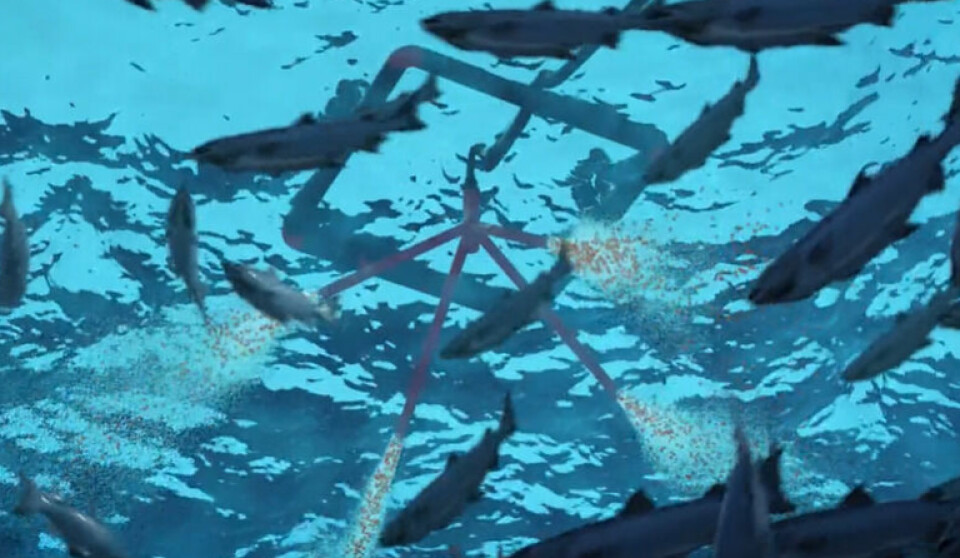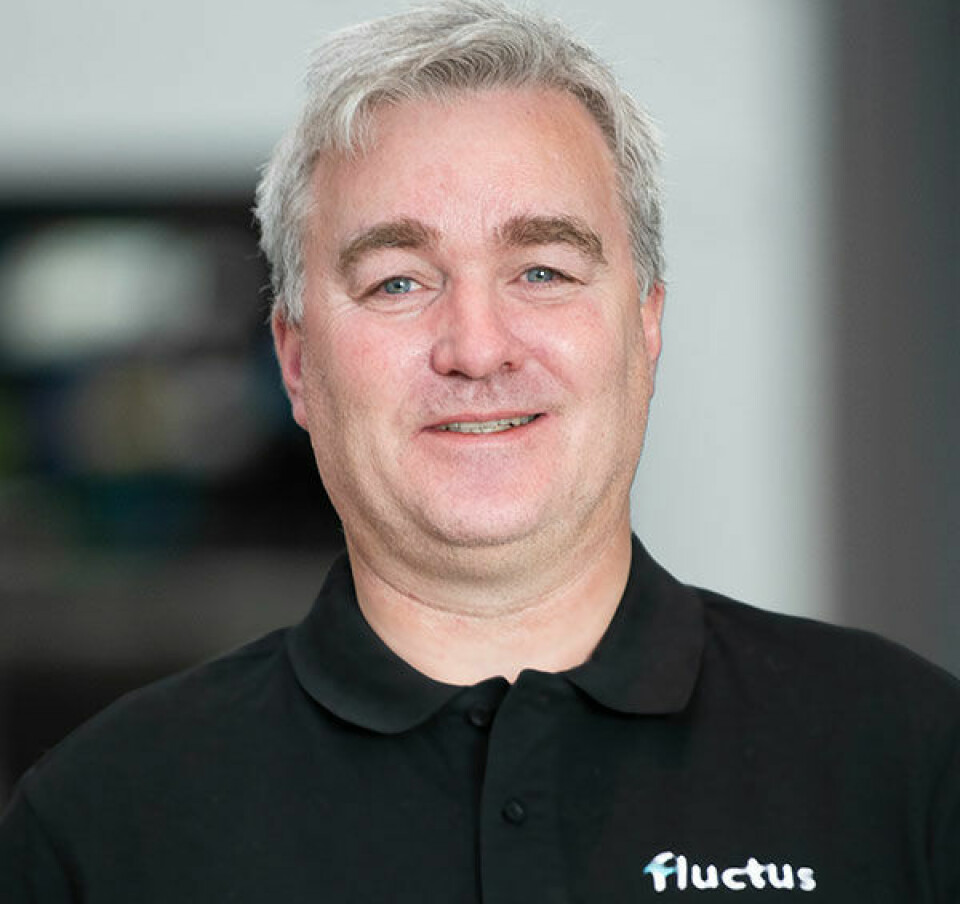
Fluctus will supply feeding equipment for large on-land trout farm
Water-borne system requires less energy, cuts noise, and should reduce pellet crush
Norwegian fish farming supplier Fluctus has signed a contract for delivery of a water-borne feeding facility to land-based trout farm Hima Seafood at Rjukan, Norway. The contract is with turnkey contractor Eyvi.
The use of water to transport feed reduces both energy requirements and emissions of microplastics from the feed hoses. In addition, water-borne feeding reduces noise, and less feed crush and dust is expected.
Stefan Dokken, procurement manager at Eyvi, said: “Fluctus’s solution with water feeding ensures the transport of feed in a safe and gentle way with as little pellet crush/waste as possible.
“The solution seems compact, robust and technically simple. Fluctus has demonstrated good references and test results and we feel confident that the chosen solution is the right one for the project.”

Simple and user-friendly
Fluctus sales manager Knut Bjarte Otterlei said: “We look forward to contributing towards this exciting project and to delivering a feeding solution that provides efficient feeding in a sustainable way.
“Fluctus has focused on making the system as simple and user-friendly as possible, both with a special water lock and an associated distribution valve. We believe it has given us the market’s least complicated water feeding system and we are experiencing great interest in our solution, both in Norway and abroad.”
Hima Seafood’s facility in Rjukan in Telemark will be the world’s largest land-based trout farm, producing 8,000 gutted weight tonnes of fish annually. It has a strong focus on sustainability.
The fish farm will save on energy costs by using warm water from the cooling system at Green Mountain’s DC2-Telemark data centre situated 800 metres away.
Heat exchanger technology will ensure that the Hima facility can use the energy from the water to obtain the correct water temperature in the RAS. The same water will subsequently be returned to Green Mountain at a lower temperature so that it again be used to cool the computer servers in the centre.
Low energy sludge treatment
In September last year, sludge treatment expert Blue Ocean Technology announced that it had won a NOK 30 million (£2.61 m) order from Eyvi to deliver a complete sludge dewatering and drying package to the Hima project.
“The technology scores on low energy consumption, compact area requirements and high dry matter levels. All this provides cost savings and a better ESG (environmental, social and corporate governance) accounting for the fish farmers,” said Blue Ocean Technology chief executive Hans Runshaug.
Production time for Hima’s trout is estimated at 17 months from fry to an average weight of around 4kg. The first eggs are expected to be put into the facility in October 2023.
























































